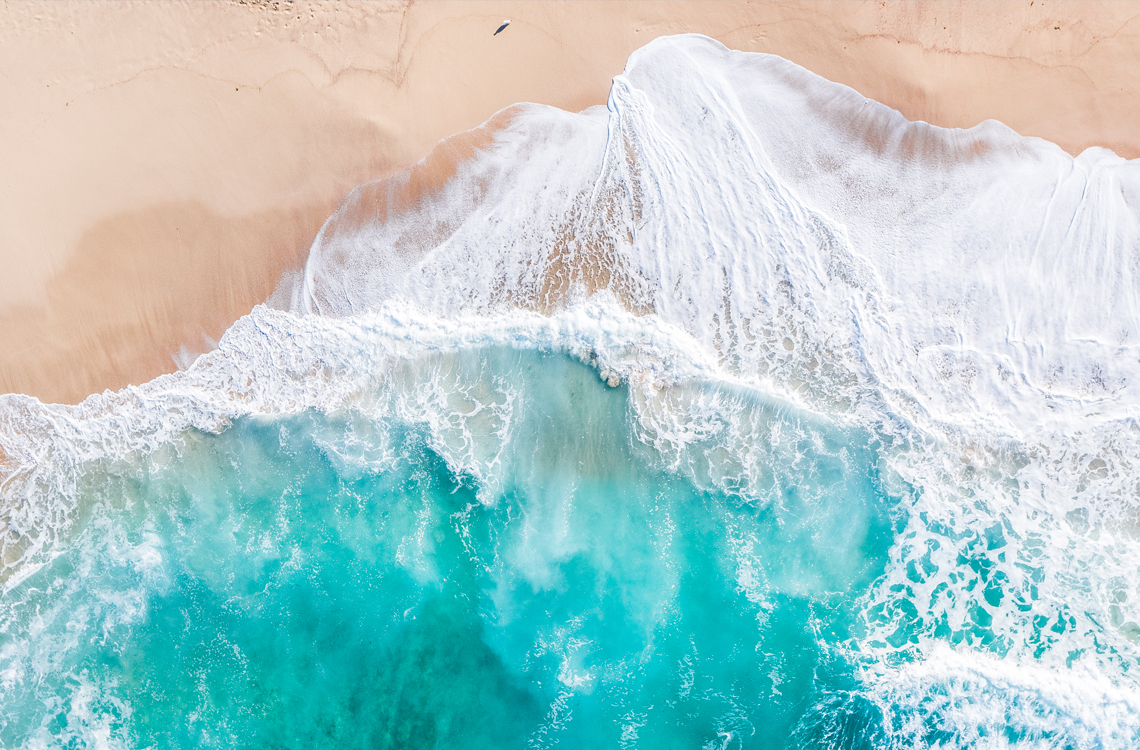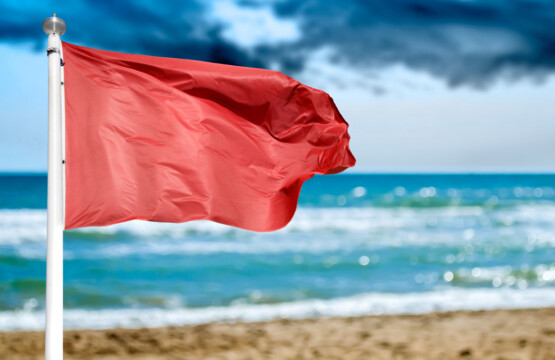Rip Currents: What You Need to Know to Stay Safe

It’s summertime!
That means it’s time to lounge on the beach and cool off in the ocean.
Whether you’re the type to just dip a toe in or go full blown headfirst into the waves, it’s important to remember the ocean can be dangerous. Understanding rip currents is an important part of staying safe this summer when swimming in the ocean.
What is a rip current?
A rip current, also known as a rip tide, is a strong current that flows away from shore. Rip currents can be dangerous because they can quickly pull swimmers out to sea. They can also be difficult to escape, even for experienced swimmers.
What Causes Rip Currents?
Rip currents are caused by a combination of factors, including:
- Wind: Wind blowing towards the shore can create waves that break closer to shore. This can create a current that flows back out to sea.
- Shoreline: The shape of the coastline can also contribute to the formation of rip currents. For example, beaches with steep drop-offs are more likely to have rip currents.
- Tides: The tides can also affect the strength of rip currents. Rip currents are typically stronger during high tide.
Where do Rip Currents Occur?
Rip currents can occur at any beach, but they are more common at beaches with:
- Strong waves
- Steep drop-offs
- Sandy bottoms
Lifeguard Schedules in our Area
Rip currents are a serious hazard, that’s why most of our area beaches have lifeguards who can help keep you safe. Lifeguard season runs Memorial Day through Labor Day.
-
- At Wrightsville and Kure Beach, Ocean Rescue team members are at lifeguard stands from 10am-5pm 7 days a week.
- Carolina Beach Ocean Rescue members are at stands Monday-Thursday, 10am-5pm and 10am-7pm Friday-Saturday.
- Topsail Island does not have lifeguards.
How to Stay Safe
If you are enjoying a day at the beach and there is no lifeguard on duty, here are a few tips to help keep you safe:
- Avoid swimming alone: If you do swim alone, let someone know where you are going and when you expect to be back.
- Pay attention to the flags: Most beaches have flags that indicate the safety of the water. To learn more about the flags and what their colors mean – click here.
- Don’t swim if the water is rough: If it’s rough, there is a good chance there are rip currents present.
- If you are caught in a rip current, don’t panic: Panicking will only make it harder to escape.
- Swim parallel to the shore: Rip currents are typically narrow, so if you swim parallel to the shore, you will eventually be able to escape the current.
- Don’t try to swim against the current: Trying to swim against the current will only tire you out and make it harder to escape.
- Wave for help: If you are unable to escape the current, wave for help. A lifeguard or another swimmer may be able to help you.
If you see someone in a rip current, call for help immediately. Do not try to rescue the person yourself, as this could put you in danger as well.
To check rip currents in your area, click here.
Prefer a nice cool pool rather than the ocean? Check out our vacation rentals with pools here. Maybe just gazing out at the ocean from a far is more your speed – no problem! Check out our oceanfront properties here.
Whichever you choose, with Sea Scape Properties, your luxury vacation is just a reservation away!




